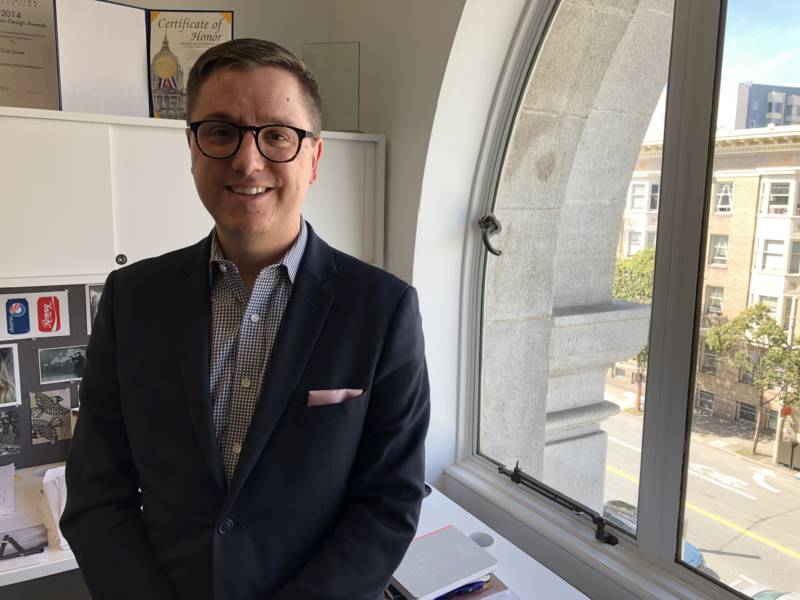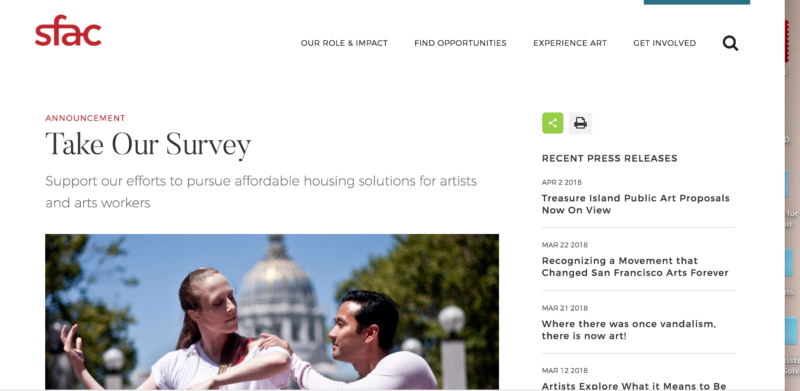San Francisco has this thing called an affordable housing lottery. It allows low-income residents to rent or buy homes. The city selects winners at random from a pool of qualified applicants. Though the system is mostly online these days, some of the methods are still decidedly old school.
“They hand you a real lottery ticket, like the kind that you would take to get on a carousel or something,” says Jeremiah Barber. He and his partner Ingrid Rojas Contreras are both artists who have lost count of the number of times they’ve had to reapply for the lottery.
“Every time that we apply we have to clear it with the bank again and get a loan again and then submit the same documents to the apartment,” Contreras says. “It doesn’t make sense.”
Like many arts industry workers, the couple has no fixed income. So the process of reapplying each time is especially onerous.
“We have been making the amount that would clear us for a loan, but it just comes from different places one year, then the next year, it’s just a completely different array of places,” Contreras says. “The bank people say that doesn’t look good. They don’t want to give us a loan for that.”

Many artists aren’t even in the financial position where they’re able to apply for a loan. Many can’t even make rent. Displacement of the creative class has become such a problem, the San Francisco Arts Commission decided to take action – at least for the renters.




